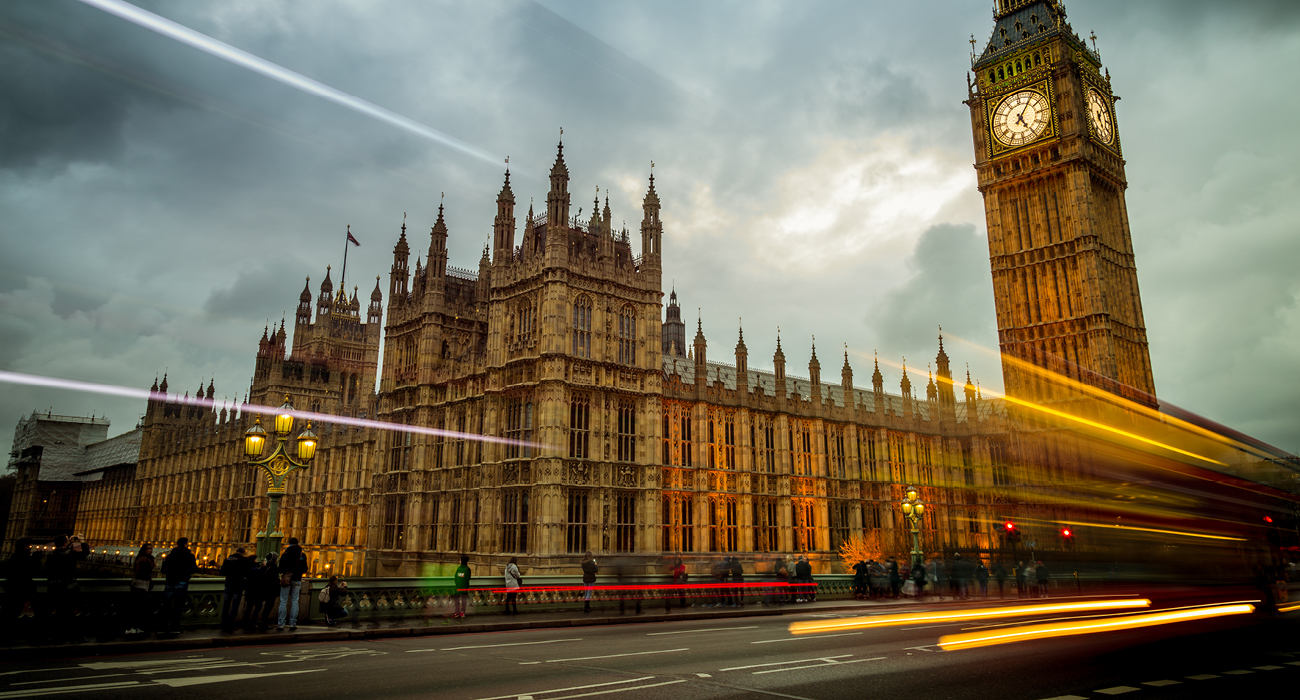In July 2022, the UK government published its first consultation on the Review of Electricity Market Arrangements (REMA), which it said was designed to bring about the “biggest change in a generation”.
We wrote at the time about what this could mean for business customers, many of which were struggling to manage the impact of the increasingly volatile wholesale energy markets.
Everyone in the industry got very excited as they awaited the next steps from the Department for Energy and Net Zero (DESNZ) following the consultation closing in October 2022. Fast-forward 18 months, and the second phase of the REMA consultation was finally published, seeking feedback by 7 May 2024.
So, what’s in it for businesses and independent generators?
We know that businesses want reassurance that REMA will result in a future energy system that keeps costs stable and manageable, and that will provide a reliable supply of clean energy to support their own decarbonisation strategies.
For independent generators, they want the confidence to invest in assets that will help support both energy security and net zero.
The second document reduces the number of options to take through to the next stage of assessment. Here are our six main takeaways from the latest REMA consultation.
1. Zonal vs National+ pricing
In the first consultation, DESNZ put forward two alternative locational wholesale pricing options: nodal and zonal. By varying the electricity price across the country, locational pricing is a way to combat grid pressures and DESNZ believes it may drive investment in new generation and demand to locations where it is most needed and reduce the costs of balancing the system.
In the second consultation, nodal pricing, where wholesale prices vary across the country based at thousands of points of energy supply and demand, was discounted by DESNZ due to the time to implement and the risk to investor confidence, but zonal pricing, a similar model but using wider, changeable areas remains an option.
Zonal is up against an Enhanced National model which would retain the simple national price but introduce more additional markets to help the system operator reduce these balancing costs, without the implementation risks and costs of the move to a zonal market. There are also worries that fragmenting the wholesale market into zones could reduce the already poor liquidity in the power market, raising costs and reducing choice for consumers.
Versus the current national market, DESNZ forecasts that over the 20-year period (2030 to 2050), that moving to a zonal market could save the average domestic customer between £20 to £45 per year but this is dependent on any benefits of zonal pricing are fully passed to consumers and versus an enhanced national market these benefits would be expected to be lower.
Locational pricing introduces a lot of new complexity and risks for generators, suppliers, and consumers to manage in an already complex market, and could put at risk our net zero targets.
2. Reforms to Contracts for Difference (CfD)
In the first consultation, several options were considered for reforming this scheme. Three have been taken forward into the second review:
- CfD based on metered output
- CfD based on deemed output
- CfD based on capacity
DESNZ is seeking views on “how the options can help us meet our future renewable investment challenges, how they perform against the REMA assessment criteria and how they interact with the remaining wholesale market reforms.”
We are pleased that DESNZ is also consulting on ways that CfD generators can be incentivised to sell their generation further forward to improve the liquidity in the forward wholesale market, which should reduce costs and improve choice for consumers and is something we have been lobbying very strongly for.
3. Decoupling gas and electricity markets ruled out
Originally seen as the best way to cut power costs, the second consultation discounted this option. Many industry commentators believe that the CfD scheme is already implicitly decoupling the gas and electricity market, and, as the UK brings on more offshore wind and solar capacity through the CfD scheme, the market will naturally move to not having the price set by gas fired plants.
4. Capacity Market mechanism retained
While the government intends to retain the existing Capacity Market mechanism, it is consulting on further changes. These include introducing a minimum procurement target into the ‘Optimised Capacity Market’ to support investment in low-carbon flexible technologies.
5. Gas plants will be needed to support renewables
When DESNZ announced the consultation, the headlines focussed on the need to build new gas plants, arguing that backup power will be required if the sun doesn’t shine, or the wind doesn’t blow.
There are concerns about whether this will keep the UK on track to decarbonise the power system by 2035 and hit net zero by 2050. DESNZ has said that it will “broaden existing laws requiring new gas plants to be built net-zero ready and able to convert to low carbon alternatives in the future such as carbon capture and hydrogen to power.”
6. A focus on Corporate Power Purchase Agreements (CPPAs)
CPPAs did not feature in the first consultation, so it is welcome to see that DESNZ recognises how they can benefit both consumers and developers of low carbon generation, particularly when it comes to decarbonising the energy system, supporting the development of renewable assets, and meeting business demand for clean energy.
In the second consultation, DESNZ is asking for views on how the government could help the CPPA market grow, how the REMA reforms will impact this, and the potential barriers to this growth.
Independent generators and CPPAs will play an important role in the UK’s long-term ambitions for a secure and sustainable energy system, so we will monitor this with interest.
An energy revolution or evolution?
With renewable energy being crucial to our net zero future, and with business demand for clean power only set to increase, change to how the market is structured is clearly needed. That said, it is a delicate balancing act to ensure the needs of all stakeholders - from across the energy sector through to the end-user consumers - are met.
As we await the outcome of this latest REMA consultation, we will work closely with our customers and stakeholders to ensure that their voices continue to be heard in this important debate.
The consultation closed on 7 May 2024. More information is available here.
/npm214%20Digital_H_UB95.jpg)



/npm214%20Digital_H_UB132.jpg)
/npm214%20Digital_H_UB88.jpg)
/npm214%20Digital_H_UB101.jpg)
/npm214%20Digital_H_UB116.jpg)
/npm214%20Digital_H_UB110.jpg)

/Author%20Profile%20Paul_Thomas_G.png)
